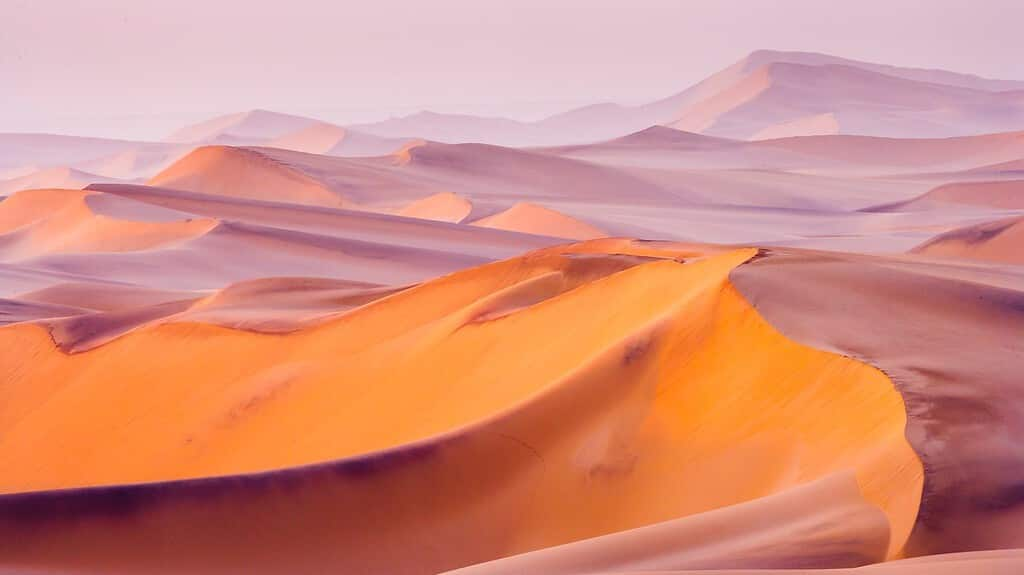
Ultimate guide for desert trekking in Namibia
What's the story
Namibia, a country in southern Africa, is known for its striking landscapes that range from the Namib Desert along the Atlantic Ocean coast to the dense bushveld of the interior.
Trekking through its vast deserts offers an unparalleled adventure but requires careful preparation.
This guide will help you pack effectively for your journey across this breathtaking yet challenging terrain.
Water solutions
Hydration is key
In the desert, water is your most precious commodity.
Aim to carry at least three liters of water per day, using durable water bottles or a hydration bladder system.
Consider packing water purification tablets or a portable filter as sources of water might be scarce and not always safe to drink directly from.
Staying hydrated is crucial to avoid heatstroke and dehydration.
Sun safety
Sun protection gear
In Namibia, the sun can be incredibly intense.
Ensure you pack high SPF sunscreen, UV-protective sunglasses, and a wide-brimmed hat to shield yourself from direct sunlight.
Wearing lightweight long-sleeved shirts and pants offers additional protection without causing overheating.
Sunburn not only leads to discomfort but can also escalate to more severe health issues under extreme desert conditions.
Prioritize sun safety on your trek.
Walking comfort
Appropriate footwear
For desert trekking, a well-fitted, broken-in pair of hiking boots is crucial.
They must offer adequate ankle support for navigating uneven terrains like sand dunes and rocky paths, thus preventing blisters.
Additionally, it's wise to pack lightweight sandals or flip-flops.
These can provide relief to your feet during rest periods at camp, ensuring both comfort and protection throughout your journey.
Find your way
Navigation tools
While digital devices have their place, relying solely on them in remote desert areas can be risky due to battery life constraints and lack of signal coverage.
A detailed map of the area and a compass are indispensable tools for navigation; they don't require batteries and can be lifesavers if technology fails you.
Learning basic navigation skills before your trip is also highly recommended.
Safety first
Emergency kit
Your emergency kit should include a first-aid kit with blister plasters and rehydration salts, a multi-tool with a knife, energy bars, thermal blankets, and signaling devices like a whistle or mirror.
Also essential is carrying information about your identity and medical conditions.
This kit equips you to safely enjoy the desert's beauty while being prepared for its challenges.